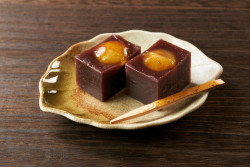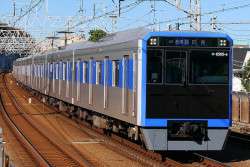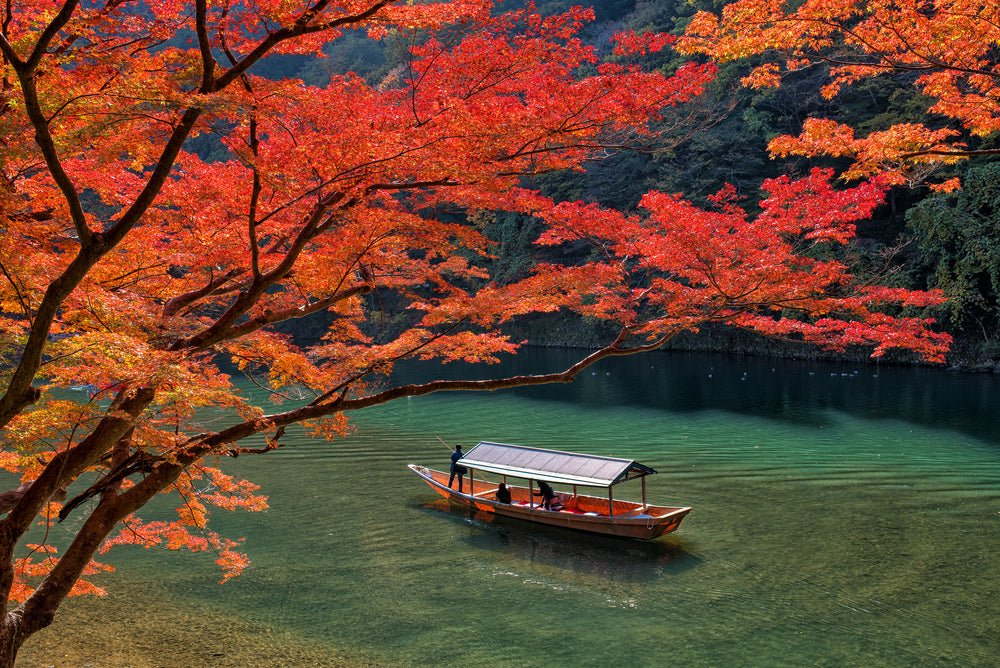
November 4, 2025
Tokyo Autumn Foliage 2025 Guide
Quiet and lesser-known spots in and around Tokyo
As the air cools and the green leaves of summer fade, fall foliage (koyo) spreads across the country and transforms Japan into a canvas of red, orange and yellow. The Japan Meteorological Corporation will has released its first 2025 Autumn Foliage Forecast, indicating when we will see the peak of the autumn leaves from which part of November until mid-December.
This might be slightly later than usual due to warmer temperatures.
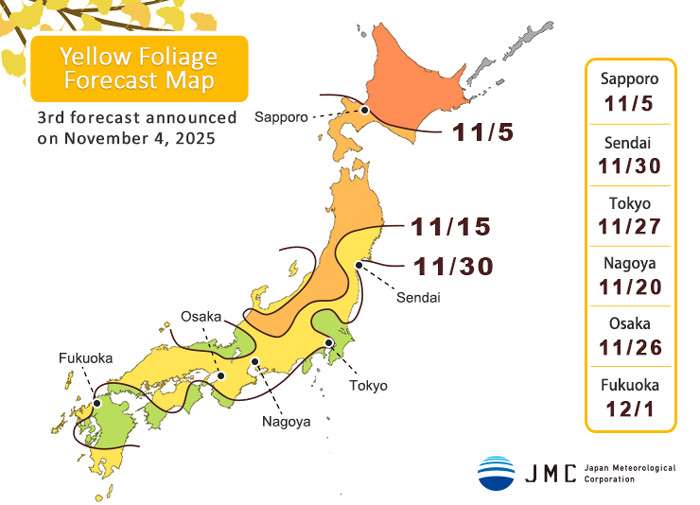
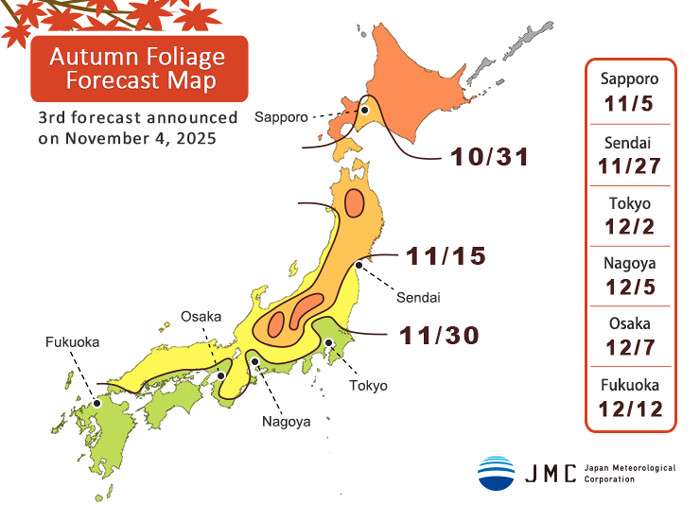
Source: Japan Meteorological Corporation
While popular spots like Rikugien Garden, Meiji Jingu Gaien and Shinjuku Gyoen are known for their picturesque scenes, they can become quite crowded in autumn. That’s why we’ve gathered all the information you need in this guide to quiet, lesser-known spots in Tokyo to admire trees such as Japanese maple and ginkgo, in peace.
Koishikawa Botanical Garden
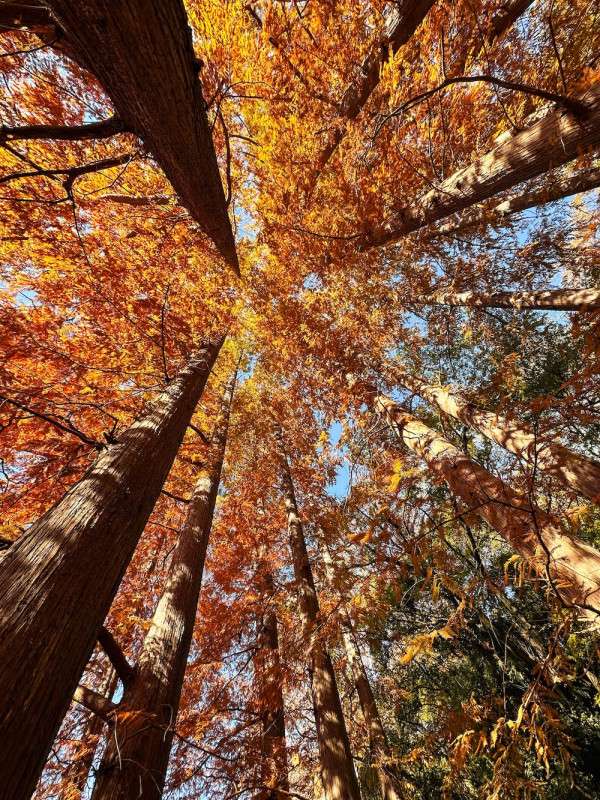
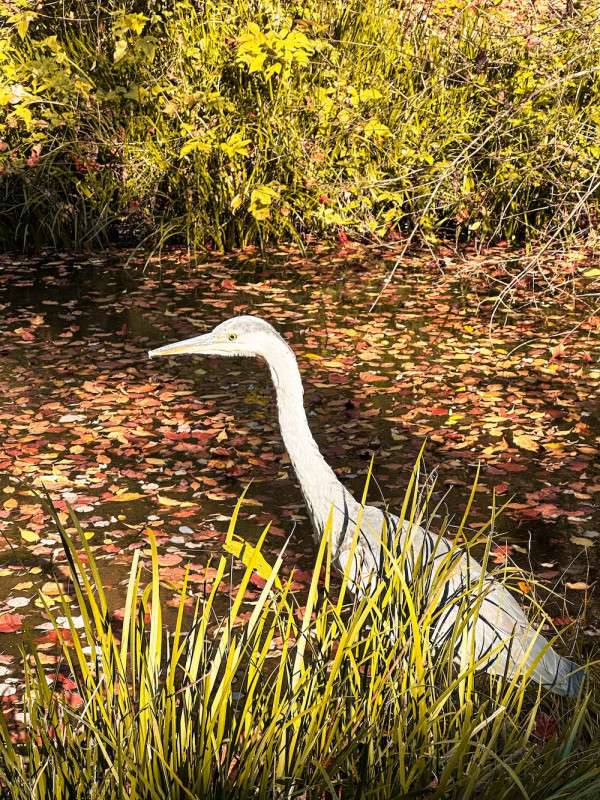
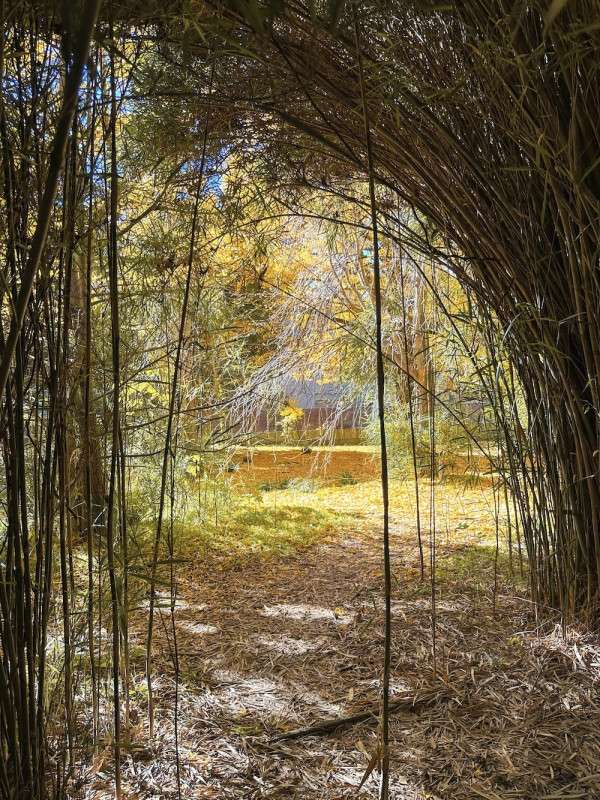
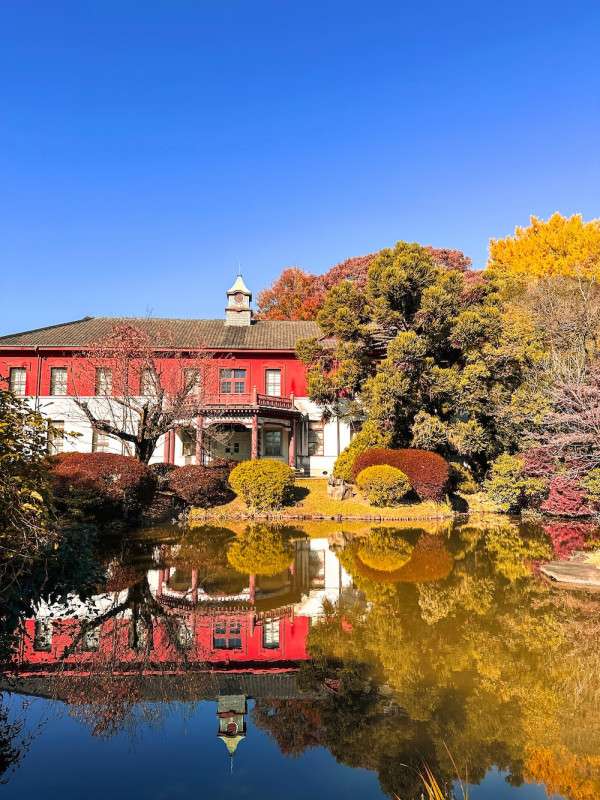
If we had to choose one highlight in central Tokyo, it would be the Koishikawa Botanical Garden. First opened in 1684 as a physic garden under the shogunate, it was transformed into a botanical garden with an arboretum by the University of Tokyo in 1877. The grounds are extensive, blending landscaped gardens with areas that feel almost wild. Autumn is particularly magical, when tunnels of red maples, golden ginkgoes, and towering sequoias turn the paths into a living canvas. With its birdlife and a rare example of Giyofu architecture on-site, the garden often feels like stepping straight into a Ghibli scene.
3-7-1 Hakusan, Bunkyo-ku
Hours: 9am – 4:30 pm
Admission: ¥500
Tokyo Metropolitan Teien Art Museum
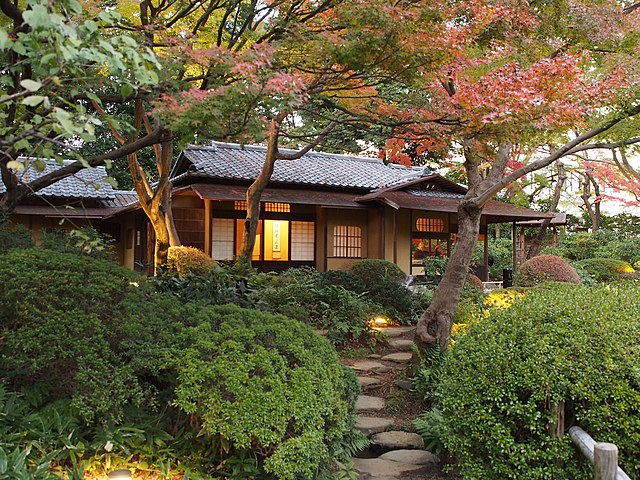
The Tokyo Metropolitan Teien Art Museum offers a blend of art and nature in an elegant, historical environment. As the name implies, the museum has a Japanese garden (teien) with flowers, ponds and sculptures. The garden’s calm atmosphere complements the museum’s art exhibitions, creating a setting for visitors to appreciate both culture and nature.
Head to Meguro Station via the JR Line or Tokyu Meguro Line. The museum is a seven-minute walk from the station.
5-21-9 Shirokanedai, Minato-ku
Hours: 10am – 6pm
Admission: Free (the museum requires a ticket)
Ichikawa Ekoin Temple
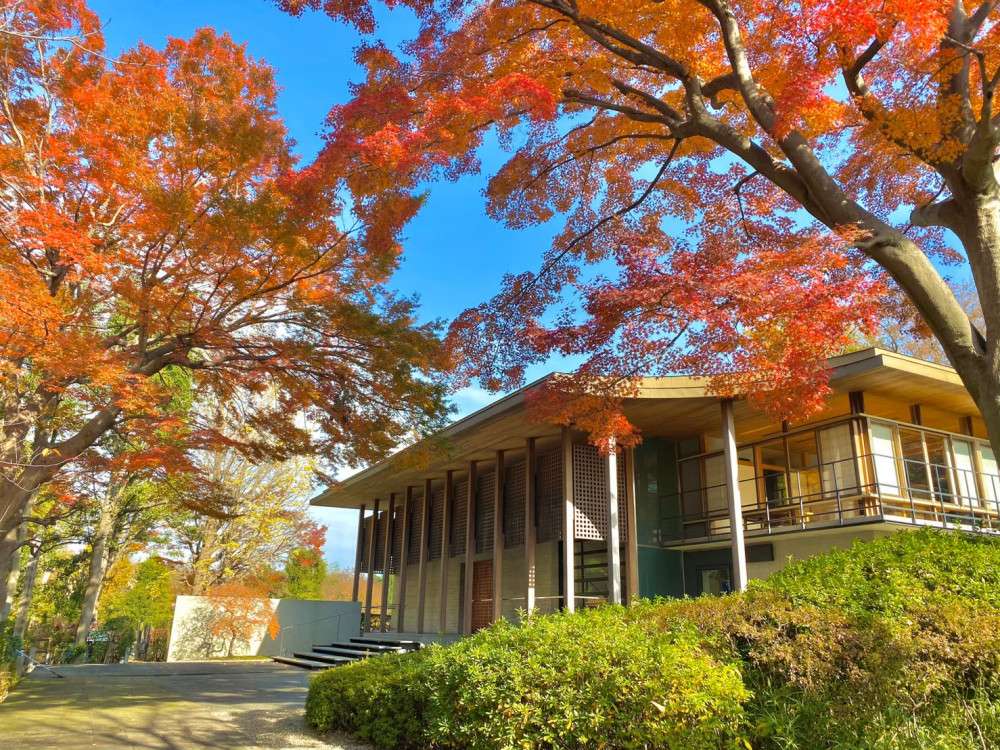
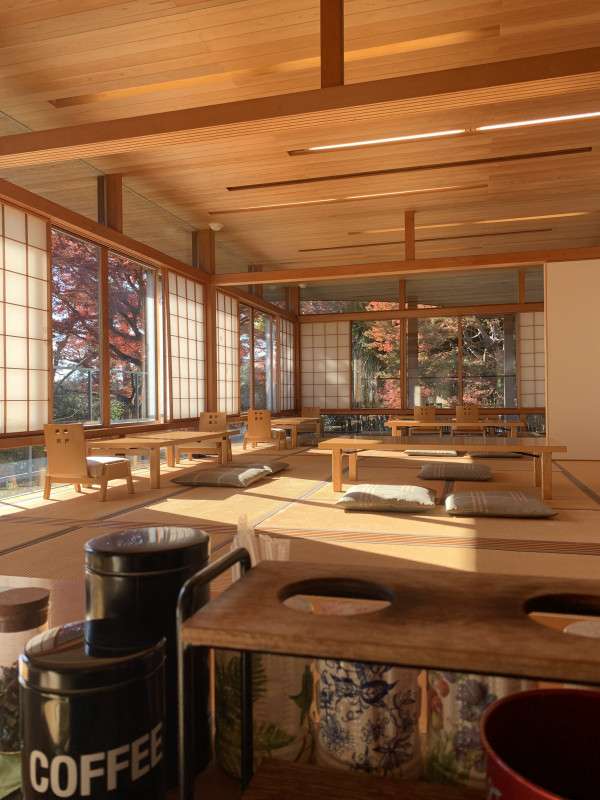
Tucked just across the Edogawa River in Ichikawa, Chiba, Ekoin Temple’s annex feels like a hidden retreat far from the city’s pace. The grounds are known for their maples, which turn the gardens into a blaze of color in autumn. Step inside the temple’s café and you’ll find yourself sipping matcha with a sweeping view of the trees and manicured grounds. It’s the kind of serene escape where time seems to slow, blending quiet grandeur with the vibrancy of the seasons.
5-26-12 Konodai, Ichikawa, Chiba
Hours: 10am – 4pm
Admission: Free
Want to discover more escapes like this near Tokyo? Explore our guide to nature-filled cafés in Ichikawa and beyond.
Kiyosumi Garden
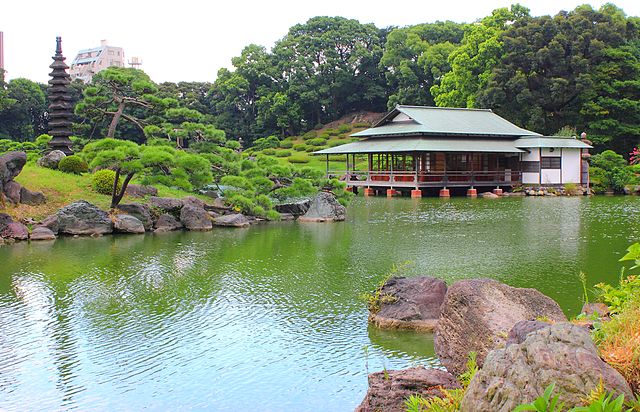
Kiyosumi Garden surrounds a large pond that is home to koi as colorful as the surrounding autumn foliage. A notable feature of this historic garden is its roji—a stone path leading to The Ryotei Tea House. Open to the public, enjoy matcha tea and traditional Japanese sweets while admiring the garden’s autumn foliage.
The garden is a short walk from Kiyosumi-Shirakawa Station on the Hanzomon and Oedo subway lines.
3-3-9 Kiyosumi, Koto-ku
Hours: 9am – 5pm
Admission: ¥150
Zenpukujigawa Green Space and Wadabori Park
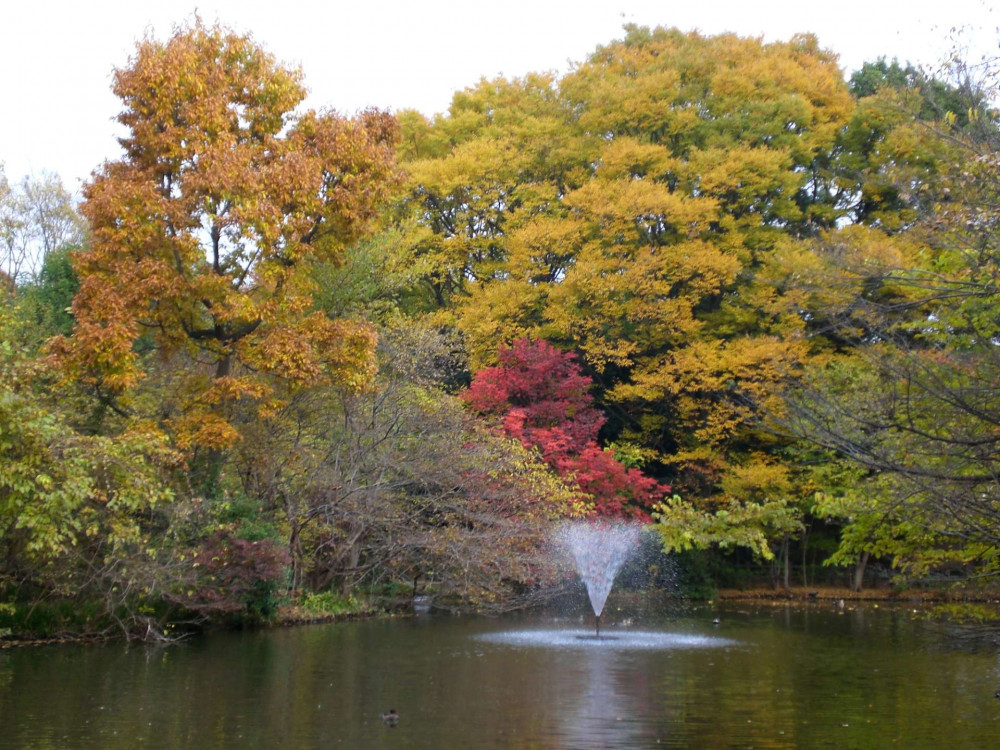
The Zenpukujigawa Green Space and Wadabori Park extend seamlessly into one another, both stretching along the Zenpukuji River. The two spacious areas are approximately 4.2 km long, which makes them a good option for an autumn stroll among the maple and ginkgo trees.
Take the Keio Inokashira Line to Nishi-Eifuku Station. From there, it’s about a 10-minute walk to the park entrance.
1-30-27 Narita Nishi, Suginami-ku
Hours: 24 hours open
Admission: Free
Koishikawa Korakuen Garden
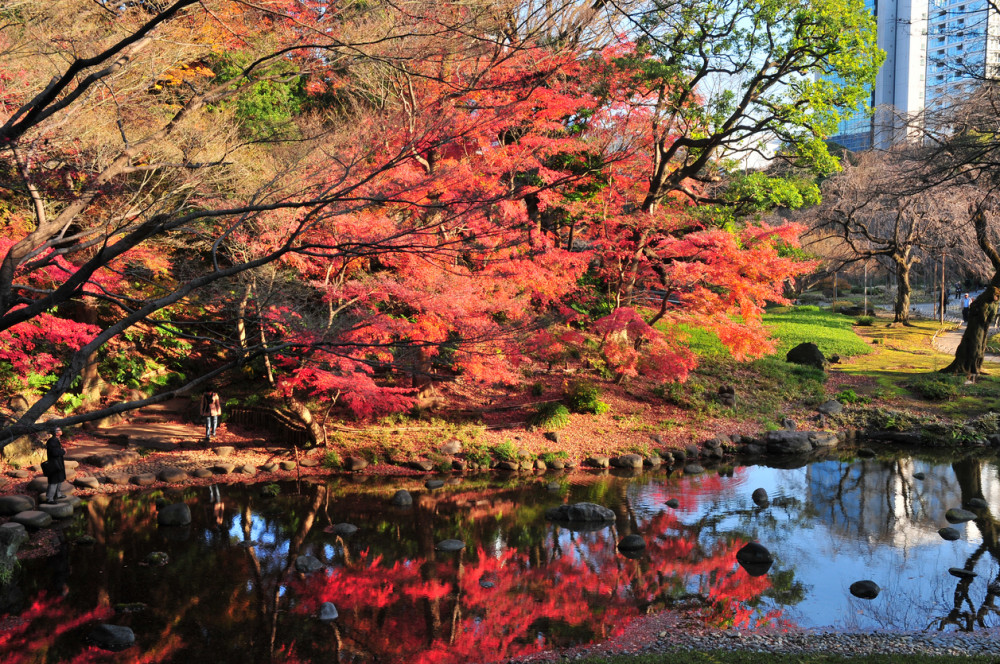
At nearly 400 years old, Koishikawa Korakuen Garden (not to be confused with Koishikawa Botanical Garden) is one of Tokyo’s oldest gardens. It blends Japanese and Chinese landscaping, with vibrant maple trees, stone bridges and peaceful ponds. The bridge offers stunning views of the red and yellow foliage reflecting in the water. While it’s one of the more popular spots, it’s much quieter than the larger parks.
Take the train to Iidabashi Station (JR Chuo Line, Tozai Line, Oedo Line) or Korakuen Station (Marunouchi and Namboku Lines). Both stations are around a 10-minute walk from the garden.
1-6-6 Koraku, Bunkyo-ku
Hours: 9am – 5pm
Admission: ¥300
Junsaiike Pond Park
Junsaiike Park, with its large pond and tree-lined paths, is a year-round retreat in greater Tokyo. From the first blush of plum blossoms to the lush greens of summer, the scenery shifts beautifully with the seasons, peaking in autumn when the foliage feels almost unreal given its proximity to the city. The park is also known for its kingfishers and other birdlife, adding to its tranquil charm. With small bakeries and cafés nearby, and Ekoin Temple just around the corner, it’s easy to turn a visit into a full day of quiet discovery.
4-27 Nakakokubun, Ichikawa, Chiba
Hours: 24 hours open
Admission: Free
Mizumoto Park
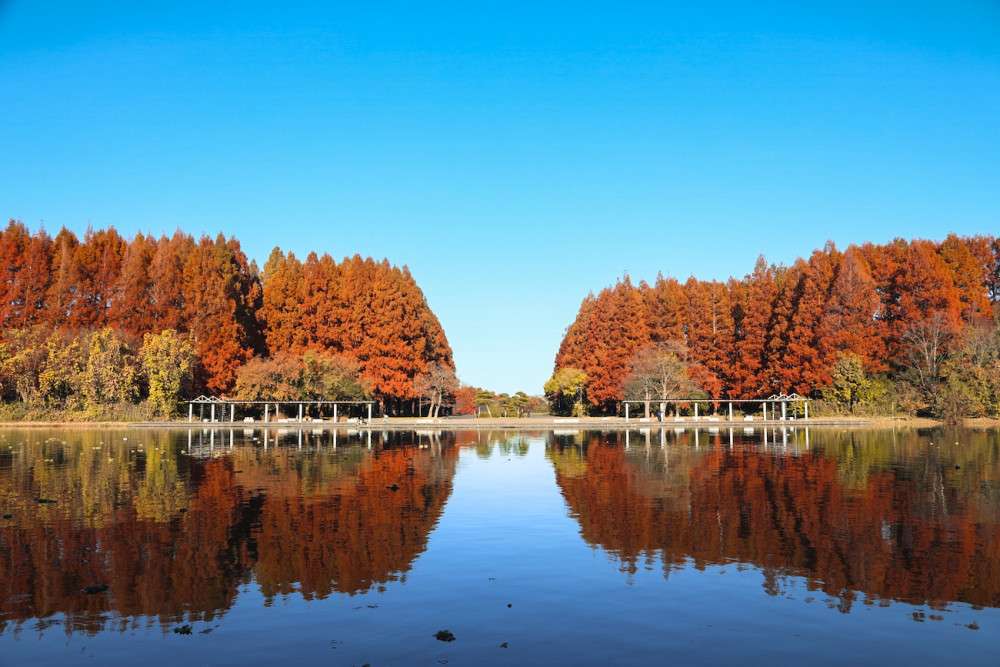
Mizumoto Park in Katsushika is the largest park in central Tokyo. Known for its waterways, it draws crowds in summer and is a favorite spot for spring hanami. Yet autumn may be the most rewarding time to visit: the tall trees reflecting on the water create scenes that look as if they’ve been lifted from a painting.
3-2 Mizumotokoen, Katsushika-ku
Hours: 24 hours open
Admission: Free
Komazawa Olympic Park
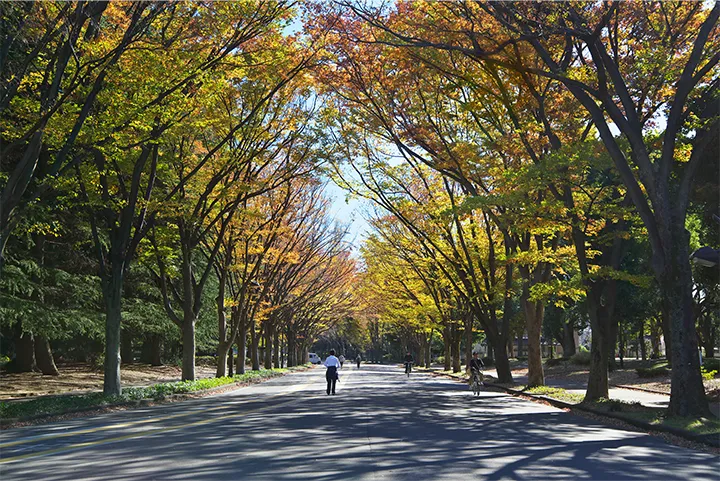
The spacious Komazawa Olympic Park is home to several athletic facilities, including soccer and baseball fields, a swimming pool, tennis courts and jogging and cycling tracks. Built in 1964 for the Tokyo Olympics, it is now a space for athletes and park goers alike. Golden ginkgo trees line the wide pathways for joggers, dog walkers and families to admire.
The park is a 15-minute walk from Komazawa Daigaku Station (Tokyu-Denentoshi line).
1-1 Komazawa Park, Setagaya-ku
Hours: 24 hours open
Admission: Free
Want to explore more of Tokyo’s nature? Read about the city’s historical trees here.
Mukojima-Hyakkaen Garden
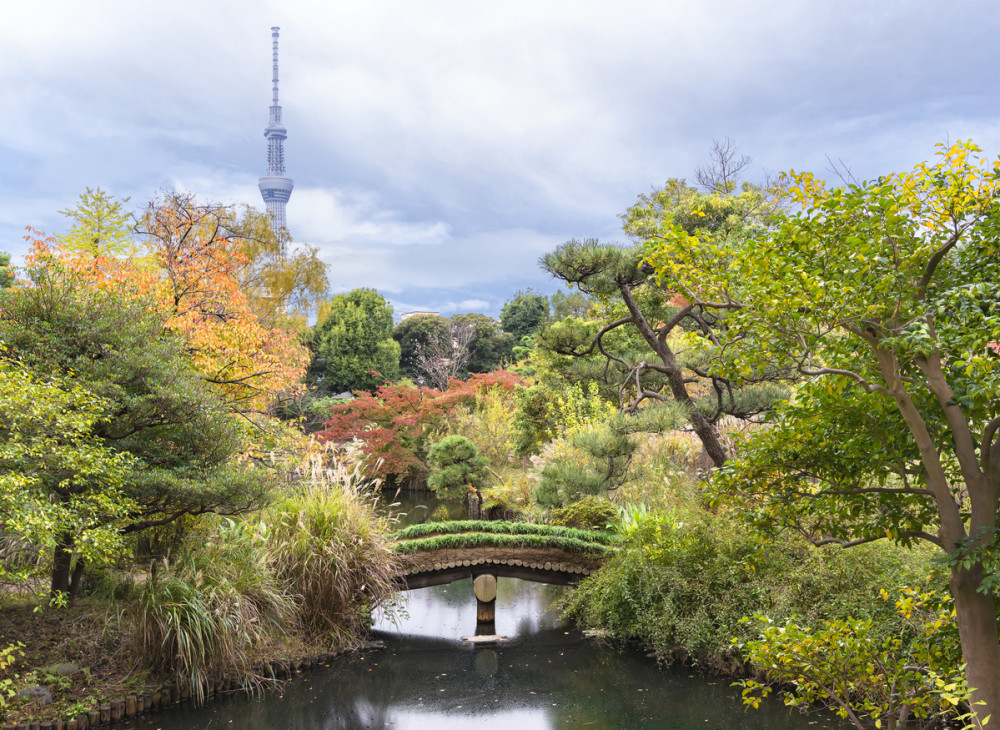
Smaller than Tokyo’s larger, more popular parks, Mukojima-Hyakkaen Garden offers an intimate and calm setting to view autumn foliage. This garden is the only flower garden surviving from the Edo period. Pass through a tunnel made of verdant Japanese clover to visit a beautiful koi pond.
Mukojima-Hyakkaen Garden is accessible from Higashi-Mukojima Station (Keisei Oshiage Line), which is about a five-minute walk from the garden.
3-18-3 Higashimukojima, Sumida-ku
Hours: 9am – 5pm
Admission: ¥150
Higo-Hosokawa Garden
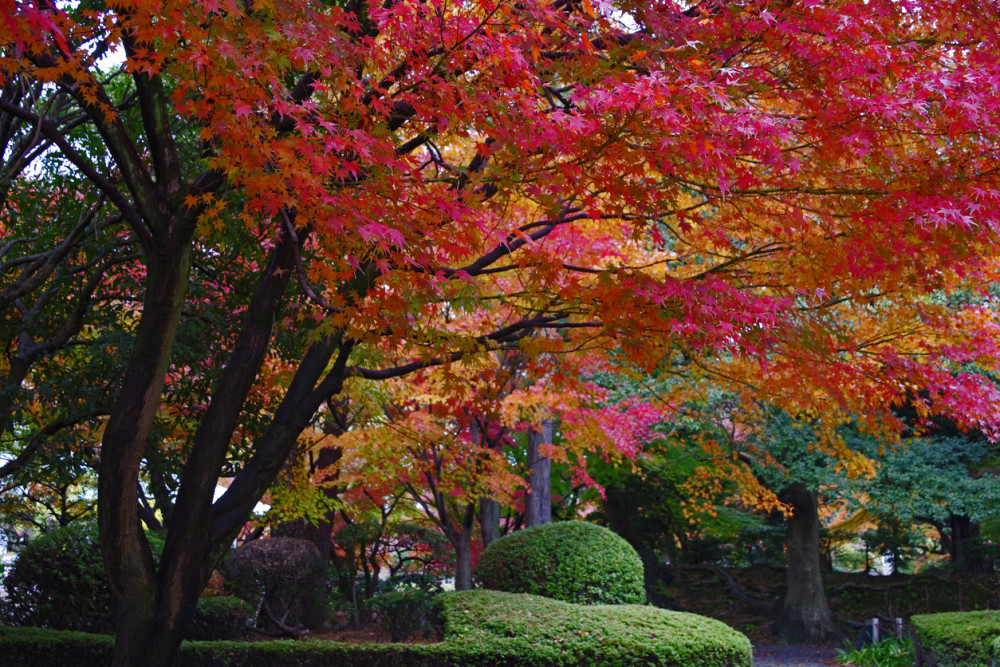
Although often overlooked, this lovely garden’s landscape features natural springs, stone lanterns, bamboo fences, winding paths and koi ponds, all of which contribute to an idyllic atmosphere. The park is located along the Kanda River, where the scenic displays of reds, oranges and yellows stretch along the banks.
Access the garden by walking from Waseda Station (Tozai Line) or Edogawabashi Station (Yurakucho Line).
1-1-22 Mejirodai, Bunkyo-ku
Hours: 9am – 5pm
Admission: Free
Please note all prices and dates are subject to change.

